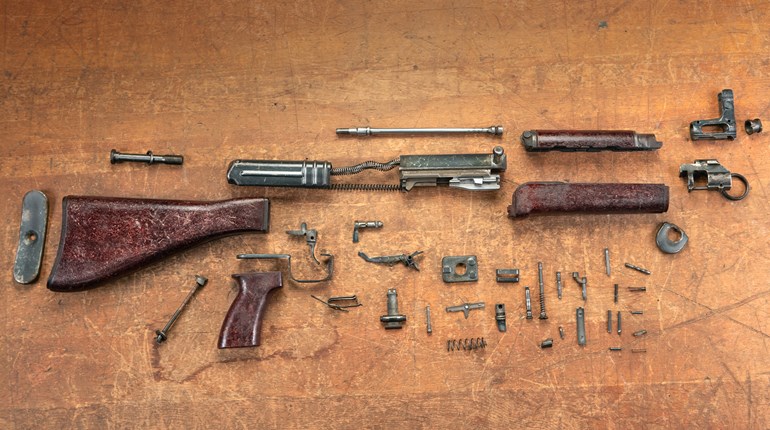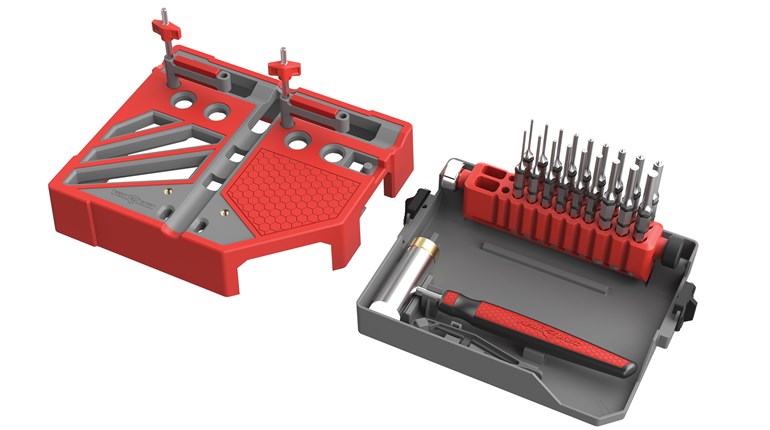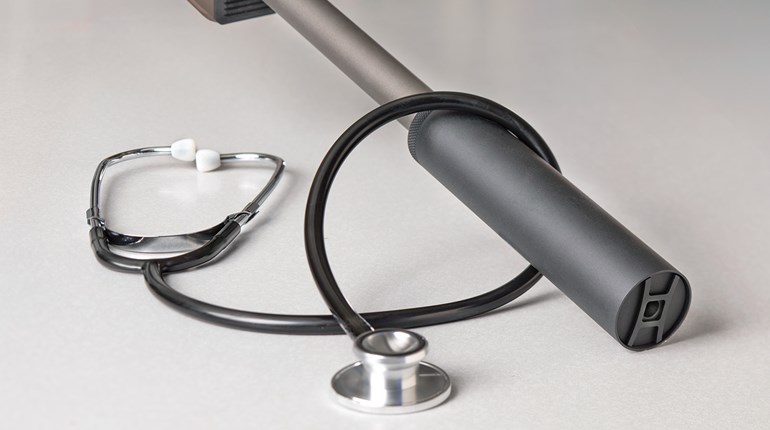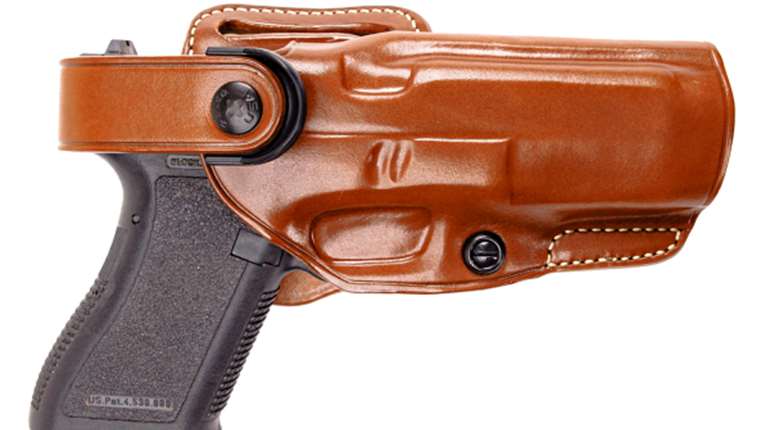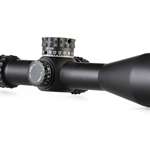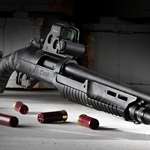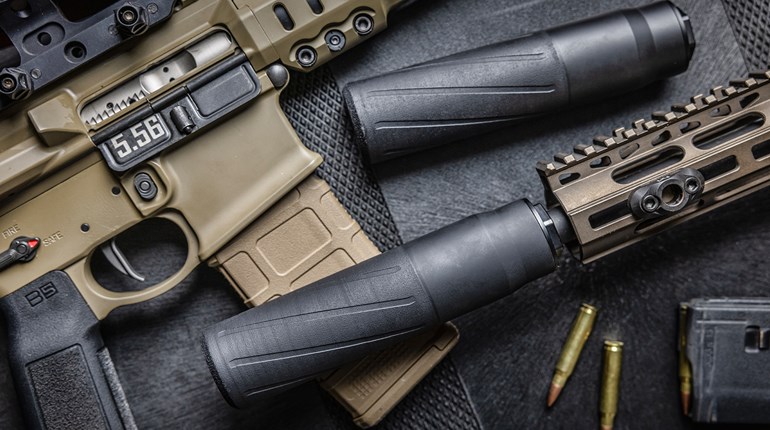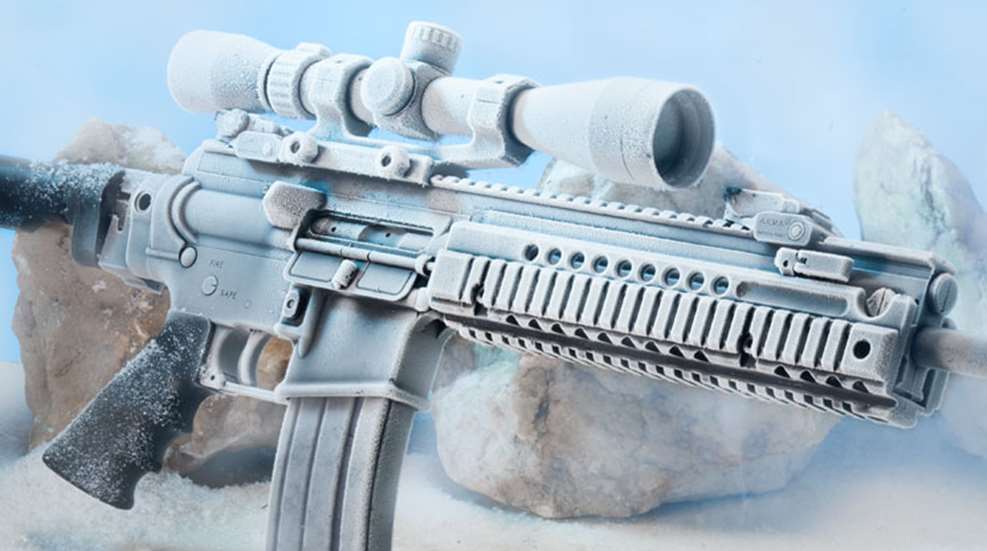
I pretty much grew up with a rifle in my hands. First it was the obligatory toy gun, followed by BB and pellet launchers and finally—once I wore down my parents’ resistance—rimfire and centerfire rifles.
I spent as much of my youth as possible in the woods, regardless of the season. I lived in a northern climate until joining the Army at 17, so dealing with winter’s effects on my blasters was a regular chore. I floundered at first, but I eventually acquired a surplus USAF winter survival manual and began my education in cold-weather gun care. That book’s rudimentary lessons kept me out of trouble until I received formal training in the military. While I have lived below the Mason-Dixon Line for the 27 years since, every winter I return to the lessons I learned both here and abroad.
As we make ready to head out into the wild white yonder, clothing tends to be our main concern. But once our own skin is taken care of, attention should shift to protecting our tools of the trade. The first problem we often encounter is the warm air inside sealed optics often causes condensation to form on external lenses. It takes the temperature inside my riflescope about 15 minutes to equalize, so I factor that into my plan when heading out the door. Scope lenses can be pre-treated with anti-fogging treatments, but beware: many of these solutions leave behind a visually distracting film. I have used Cat Crap Lens Cleaner and Anti-Fogging Cream [Editor’s note: this is a real product] since my Army days, treating my scope lenses at least once before winter rolls around. I also keep a clean, dry lens cloth handy in case I need to use my optics before they stop “sweating.” Properly sealed and purged riflescopes should not fog internally in cold weather, so a repair or replacement may be in order if you experience that problem. Flip-open scope caps will help protect lenses during rain, sleet and snowfall.
Finding effective cold-weather lubricants usually involves some trial and error. The problem is, many normally good lubes become thick and gummy once the mercury drops through the floor. Rifle actions become sluggish, foul quickly and malfunction more frequently. The trick is to find a lubricant that remains viscous in the cold and (ideally) works in a wide variety of weather conditions. Range testing several lubricants will save some pain in the field. One good solution that proved up to the task in my guns on the frigid mountains of Afghanistan is Shooter’s Choice All Weather High Tech Gun Grease. It works in extreme cold as well as in dusty environments. In worst-case scenarios, actions can freeze up due to moisture or bad lubricant, preventing proper and safe function. Keep moving parts well lubed, wipe any precipitation off your rifle if the thermometer starts to drop and be sure to keep the bore clear of water and ice.
Ammunition also needs extra care in extremely cold environments. Unlike our rifles, cartridges can degrade internally and invisibly if exposed to deep cold or drastic temperature shifts for extended periods. Most modern smokeless-powder granules are elastic in nature. They become brittle when cold and can crack, exposing more surface area and creating the potential for dangerous pressure spikes when ignited. Such damage cannot be undone. Store ammunition in a dry, climate-controlled location when not in use. Keep it as close to your body heat as possible when outdoors in winter, either by wearing covered ammo pouches close to the body or by using inner pockets. Rotate the ammunition loaded in a rifle’s magazine and steer clear of any cartridges that have been exposed to extreme cold for extended periods. Don’t leave your cartridges to fend for themselves when you are warm in the bag at night. I have spent many long, cold, uncomfortable nights sharing my sleeping space with a rifle and ammunition. It did not make for great rest, but everything worked when needed.
My already-numb hands become useless clubs when the temperature dips below comfortable levels. I have found mittens with fold-over tips that expose the trigger finger work well for long stints sitting in static locations. In more active environments, “wind stopper” type fleece gloves like those made by GoreTex and The North Face are worth every penny.
Safe trigger manipulation can be tricky when our fingers are well protected. Fortunately, many modern rifles have enlarged trigger guards, and even most rack-grade 5.56 NATO-size ARs have trigger guards that pivot open for use with heavy gloves or mittens.
Many popular ARs have bare metal fore-ends. Compared with traditional wood stocks or polymer handguards, aluminum freefloat tubes are quick conductors of bone-chilling cold, but they can be wrapped in cloth, tape, burlap or foam insulation. I bought a $7 neoprene spotting-scope cover, cut the closed ends off, added a couple of reinforcing stiches and slid it over my AR’s fore-end. The added insulation makes a world of difference. Just be sure not to let any material extend beyond the fore-end, where it can affect accuracy or interfere with the front sight or muzzle.
A final problem materializes when we bring our rifles in from the cold. Moisture in the warmer air condenses on cold gun metal, often leading to a quick coating of “soldier gold” (rust). Eventually, the temperature stabilizes enough for this sweating to stop. The best solution also happens to be the worst idea: leaving your rifle outside in the same temperature in which you intend to work. Responsible shooters do not to leave their guns unattended. A slightly better technique is to secure your unloaded rifle in a locked vehicle or enclosed (unheated) porch or breezeway, where it will be closer to the outside temperature. I prefer to let my rifle stop sweating, then wipe it down with a dry rag and coat it with good preserving oil like Hoppe’s No 9.
Don’t let frigid winters dampen your shooting fun. A little preparation and planning go a long way toward making cold-weather trigger time both productive and rewarding.












